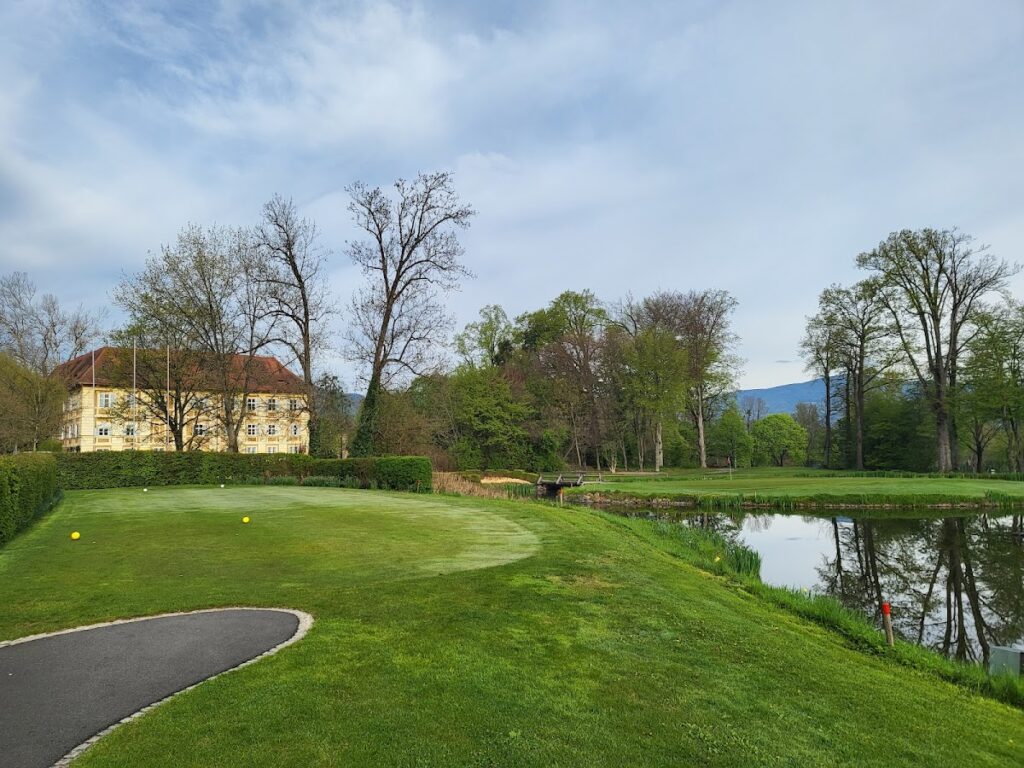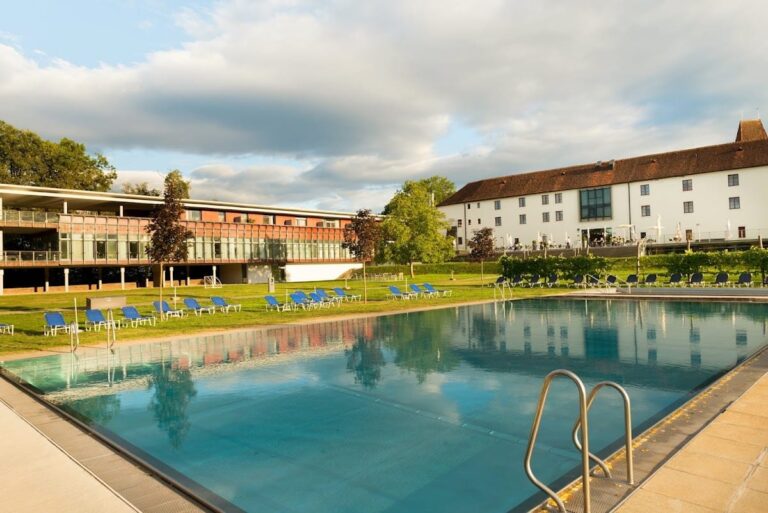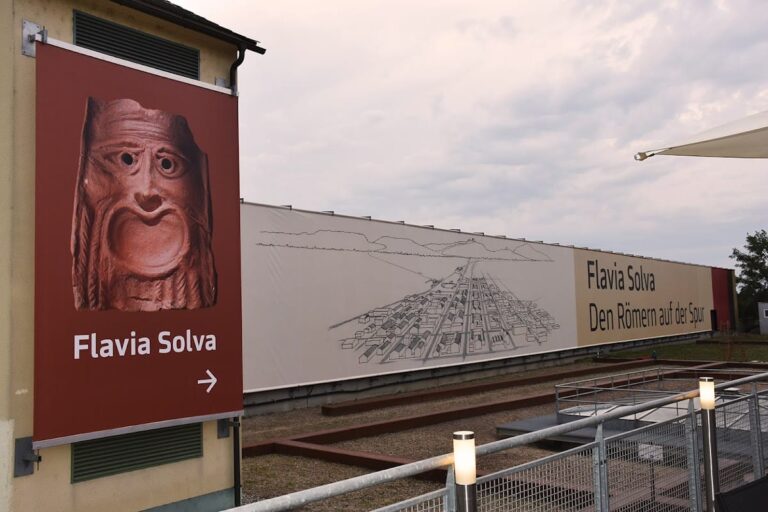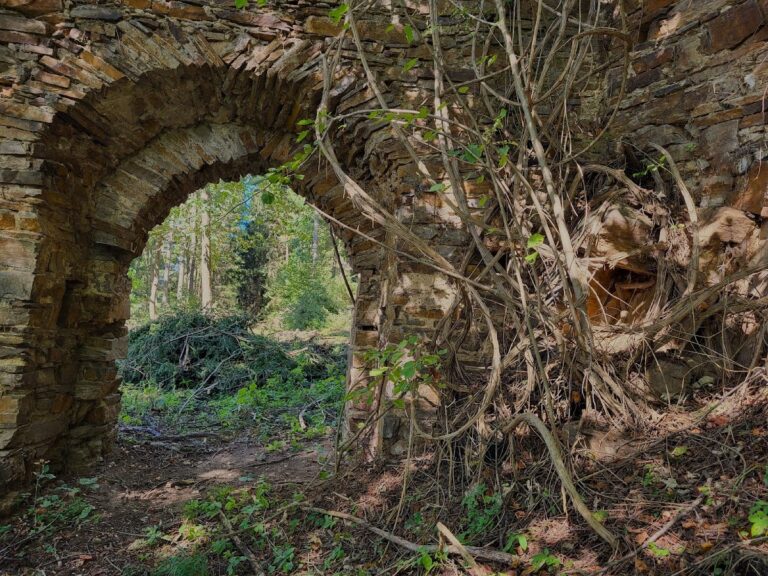Frauenthal Castle: A Historic Noble Residence in Deutschlandsberg, Austria
Visitor Information
Google Rating: 4.6
Popularity: Low
Google Maps: View on Google Maps
Official Website: www.gcfrauenthal.at
Country: Austria
Civilization: Unclassified
Remains: Military
History
Frauenthal Castle is situated in the municipality of Deutschlandsberg in Austria. The origins of the site date back to an early medieval settlement known as the Nidrinhof, which was likely founded around 700 AD by representatives of Aquileia as part of efforts to spread Christianity within the Noricum kingdom. This early establishment served as a bilingual lordship center where Slavic and Bavarian cultures intersected, reflecting the region’s mixed ethnic heritage.
The Nidrinhof first appears in historical documents in 970 AD, when Emperor Otto I granted it to Archbishop Friedrich of Salzburg. Its Slavic name, Udulenidvor, translates to a low-lying farmstead, indicating its original function as an agricultural estate with administrative roles. Over time, as the nearby fortress at Deutschlandsberg grew in prominence, the significance of the Nidrinhof diminished. The site transitioned from a center of local power to a more modest farmstead before its transformation in the late Middle Ages.
By 1267, records mention the name Vraundorf, or Frauendorf, associated with the evolving settlement. Alongside it stood a nearby church dedicated to Saint Ulrich, serving the local community’s spiritual needs. In the mid-16th century, specifically 1542, the site was further developed into a noble residence by Gall von Racknitz. This marked the beginning of its known castle phase, which included expansions and refinements in later centuries.
A notable remodeling took place in 1675 under Count Ferdinand Zehentner, likely guided by the architect Jakob Schmerlaib. Throughout the following centuries, ownership of the castle passed through several noble families, including the Kuenburgers, Maileggers, and Batthyánys. Economic challenges in the mid-18th century prompted administrative changes, reflecting shifts in regional political and financial stability.
During the early 19th century, Frauenthal Castle experienced a period of prosperity under Moritz Count von Fries, lasting approximately from 1812 to 1820. Subsequently, in 1820, the Liechtenstein family acquired the property. Prince Johann I. Josef purchased the castle for his son Franz de Paula, who was the great-grandfather of Franz Josef II, the head of state of Liechtenstein, born at Frauenthal in 1906.
In the late 20th century, significant restoration efforts took place in 1969 and 1970 to preserve the castle’s historic fabric. Between 1978 and 2021, the castle served an educational role as a vocational school specializing in agriculture and nutrition until the school’s closure due to decreasing enrollment.
Remains
Frauenthal Castle presents a consistent architectural composition featuring a three-story structure arranged in four wings around a central courtyard. This layout creates an enclosed courtyard space that is notable for its series of arcades supported by pillars spanning three levels. These arcades form a striking visual element that frames the inner courtyard and exemplify Renaissance and Baroque influences in castle design.
The entrance to the inner courtyard is distinguished by a rusticated portal. Rustication is a masonry technique where large, roughly cut stones create a textured surface, lending a bold and sturdy appearance to the doorway. Above this portal rests the coat of arms belonging to Ferdinand Count Zehentner, accompanied by an inscription that commemorates his period of renovation in the late 17th century.
Inside the castle grounds lies a chapel dedicated to Saint Joseph, rising two stories in height. The chapel’s interior features stucco decorations dated to around 1685, which are attributed to the workshop of the artist Alexander Serenio. Stucco here refers to a fine plaster used for molding decorative elements on walls and ceilings. Complementing these reliefs are stained glass windows from the same period, illustrating scenes from the life of the Virgin Mary, adding a colorful and religious dimension to the sacred space.
The castle stands within the cadastral community called Hörbing and is positioned near the town of Deutschlandsberg. Its setting features mountainous terrain to the west and flat lands to the east, situated at an elevation around 428 meters above sea level. This location has influenced the castle’s historical role and its views over the surrounding landscape.
Together, these surviving elements reveal the layered history of Frauenthal Castle, showcasing its development from an early medieval estate into a noble residence incorporating artistic and architectural features reflective of successive periods. The preserved portal, courtyard arcades, and the chapel remain important markers of the castle’s rich historical legacy.










